Chapter 5
Social Interaction
By Boundless
In sociology, social interaction is a dynamic, changing sequence of social actions between individuals or groups.
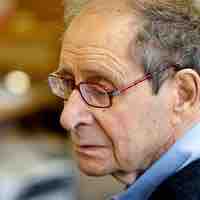
Ethnomethodology studies procedures people carry out in order to create a sense of orderliness within a particular institution or community.

Dramaturgy is a sociological concept developed by Erving Goffman that uses the metaphor of theater to explain human behavior.

Nonverbal communication is the process of communicating by sending and receiving wordless messages.
Social exchange theory argues that people form relationships because they determine that it is in their best interests to do so.

Cooperation is the process of two or more people working or acting in concert.
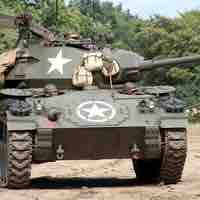
Social conflict is the struggle for agency or power within a society to gain control of scarce resources.

Competition is a contest between people or groups of people for control over resources.

A stereotype is a belief about a group of individuals that people apply to any given individual deemed to be part of that group.
Personal space is the region surrounding people that they regard as psychologically their own.
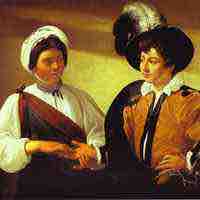
Eye contact develops in a cultural context and different gazes have different meanings all over the world.

Body language is a crucial part of social interaction.

Social status refers to one's standing in the community and his position in the social hierarchy.

Role theory argues that human behavior is guided by expectations held both by the individual and by others in the community.
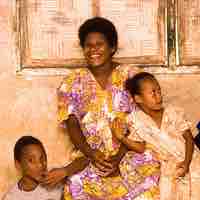
Role conflict describes the conflict between or among the roles corresponding to two or more statuses held by one individual.
Culture is the set of beliefs, values, symbols, rituals, fashions, etiquette, foods, and art that unite a particular society.
Social class is a measure of where a particular person falls on the social hierarchy.
Groups are collections of people who identify and interact with one another and are united in some way.

An institution is any structure or mechanism of social order governing the behavior of a set of individuals within a given community.

A social network is a social structure that exists between actors—individuals or organizations.
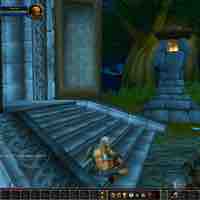
A virtual world is an online community that takes the form of a computer-based simulated environment through which users can interact.